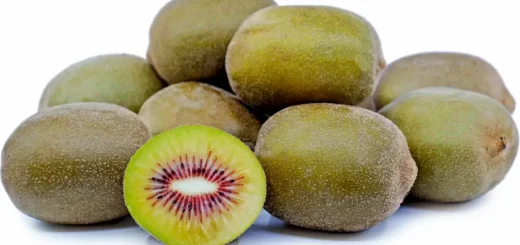Tighter export honey controls called for — Exporter Magazine
Airborne Honey, New Zealand’s oldest honey brand, believes the quality control of New Zealand honey export needs to be tighter, following recent feedback from the Hong Kong Consumer Council. On 16 July, New Zealand honey came under scrutiny in Hong Kong after the Hong Kong Consumer Council, astatutory body that protects and promotes consumer rights in Hong Kong, tested a number of well-known brands available in the region. The Consumer Council reports that a quarter of the 55 samples tested (from a number of countries, including New Zealand) have been adulterated with sugar, including Manuka.
Overall, 14 of the 55 samples tested were adulterated with sugar while others contained plain syrup, small quantities of antibiotic residues or traces of the anti-parasite drug amitraz. Some samples, including from New
Zealand, also contained antibiotics or a pesticide. The findings have led the council to send results to the Customs and Excise Department to check for breaches of the Trade Descriptions Ordinance.
According to John Smart, Airborne Honey Sales and Marketing Manager, the increasing focus on food quality and food safety in Asia, including Hong Kong, should encourage New Zealand honey brands to be as meticulous as possible when it comes to quality control and testing their honey batches for authenticity and damage.
“Testing for quality, heat damage and authenticity has been a part of the Airborne Honey culture for decades and it is certainly paying off. It is vital as our customers, including those in Asia, are becoming much more discerning about safety and knowing exactly where their food comes from and how it was made,” says John.
Some honey producers have reacted to the results from the Hong Kong Consumer Council by claiming that the testing methods used are out of date and returning inaccurate data.
“All Airborne Honey Manuka honey is tested using the internationally applied AOAC Method 998.12 -1 to determine the presence of C4 (corn syrup or cane sugars). However, it has been discovered that this method may falsely indicate the presence of C4 sugars in certain honey, such as New Zealand Manuka, and is currently being modified to recognise the different C3 sugar (nectar sugars) profile that a number of New Zealand honey varieties exhibit,” explains John.
On top of the AOAC testing, each Airborne Honey batch is tested both when it arrives at the Christchurch factory from the beekeeper and when it leaves as a retail pack to be delivered to the retailer or distributor. Airborne Honey now makes these test results visible to consumers both in Asia and New Zealand through their Honest, Undamaged, and Traceable (HUT) honey jar labels. The honey is fully traceable, with each Airborne Honey jar stamped
with a batch number, along with the HMF and pollen percentage figure, meaning it can be traced back to the original hive.
“Our labels enable our customers to verify the quality and origin of the honey they are buying,” says John. “Honest identifies the pollen content, the higher the number the better. Undamaged demonstrates the honey has not
been heat damaged (as low a HMF number as possible is desirable) and Traceable means every batch can be tracked all the way back to the beehive.”
Airborne Honey is the only company in New Zealand with its own in-house laboratory, which has been operating from the mid 1980s, which measures samples from every batch of honey that comes in and goes out, and has a comparative database containing more than 31,000 records. Every beekeeper’s honey is tested before purchase to identify pollen count, honey colour, conductivity and sugars. This assures Airborne that it is good quality and true to its varietal type.
Further details on Airborne Honey can be found at www.airborne.co.nz







